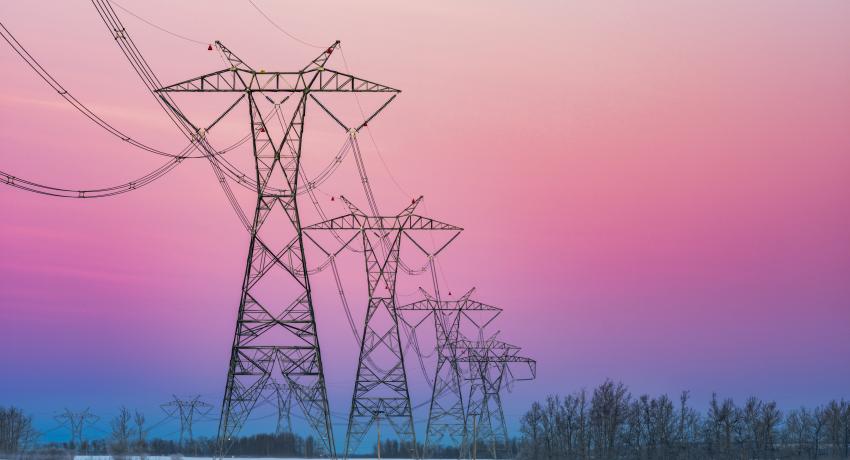Columbus, OH—Last Christmas, Ohio came within minutes of experiencing blackouts over the holiday due to electricity demand exceeding available power supply. The close call came during a stretch of extremely cold days over Christmas Eve and Christmas day. Thankfully, Ohio avoided blackouts, but states just south of Ohio weren’t so lucky.
This winter, Ohio, and the eastern half of the United States is at an even greater risk of blackouts, as more coal plants have closed in the past year, meaning there are fewer dispatchable, always-available sources of power available to meet the demand should extreme cold grip the country this winter. Natural gas peaking plants can experience challenges in extreme cold temperatures, and intermittent power sources like solar and wind aren't always available to meet the demand.
The risks for this winter season were outlined in an assessment just released by the North American Electric Reliability Corporation, or NERC, the organization responsible for ensuring the reliability and security of the nation's electric grid.
According to the assessment, Ohio and surrounding states have seen more coal plants close in the past year, and the supply of power from natural gas plants remained the same. Ohio is one of 13 states in PJM, the organzation that manages the flow of electricity on and off the grid in the Ohio region.
The United States is seeing increased risk to electricity reliability over the past several years because electricity supply is dwindling as demand is growing.
"Dispatchable resources (coal, natural gas, and nuclear plants) are not keeping up with demand growth and that's increasing risk for periods where demand remains high and solar output is near zero, which occurs over much of the winter peak period," said Mark Olson, Manager of NERC Assessments.
When the sun isn’t shining in Ohio, electricity generation from solar is nearly non-existent. Wind power generation in the region and state is also impacted by extreme cold and cannot produce enough electricity to fill the gap. This is why these power generation resources are considered intermittent resources. Coal, natural gas, and nuclear power generation resources are considered dispatchable, or on- demand resources, but Ohio has seen coal plants dwindle from 21 in 2009 to just four in the state in 2023. The early retirements were largely due to restrictive energy industry regulations forcing closure.
What Can Be Done to Improve Electricity Reliability this Winter?
NERC's assessment provided recommendations for the 2023-2024 winter season.
Generation owners should address mechanical failures seen in past cold weather events, NERC said.
Last December, during the Christmas weekend event, Buckeye Power’s Cardinal Power Plant never experienced failure. In fact it ran at maximum generating capacity through the entire event and kept the lights and heat on for Ohio cooperative members. In other parts of the country, generating facilities, particularly natural gas plants, failed to provide power when it was needed to meet the surging demand during the winter storm.
The assessment also recommended grid balancing authorities (like PJM) should also "be cognizant of the potential for short-term load forecasts to underestimate load in extreme cold weather events," the assessment said. In addition, reliability coordinators and balancing authorities should monitor fuel supplies and prepare operating plans to manage potential shortfalls, NERC said.
The winter performance of the U.S. bulk power system will depend on fuel availability, according to John Moura, NERC's director of reliability assessment and performance analysis.
"Whether there's going to be reliability risks in certain areas really depends on whether the wind output is as strong as we forecast it to be," Moura said. "In areas where we have a lot of natural gas reliance, it's highly dependent on whether there's fuel for natural gas generators."
Buckeye Power’s peaking plants, Mone and Greenville, are prepared, and keep a supply of diesel fuel on hand to ensure continual operation this winter, should Ohio experience another extreme cold event.
Ohio’s electric cooperatives will keep members informed throughout the winter if electricity reliability risk becomes high. Members may be called upon to safely conserve energy during an extremely cold event. Staying connected with your electric cooperative via its app and social media channels is recommended to receive the most up-to-date information.
Sources:
NERC Winter Reliability Assessment, November 2023
S&P Global Market Intelligience






